Historical Sites in Makkah During Hajj and Umrah
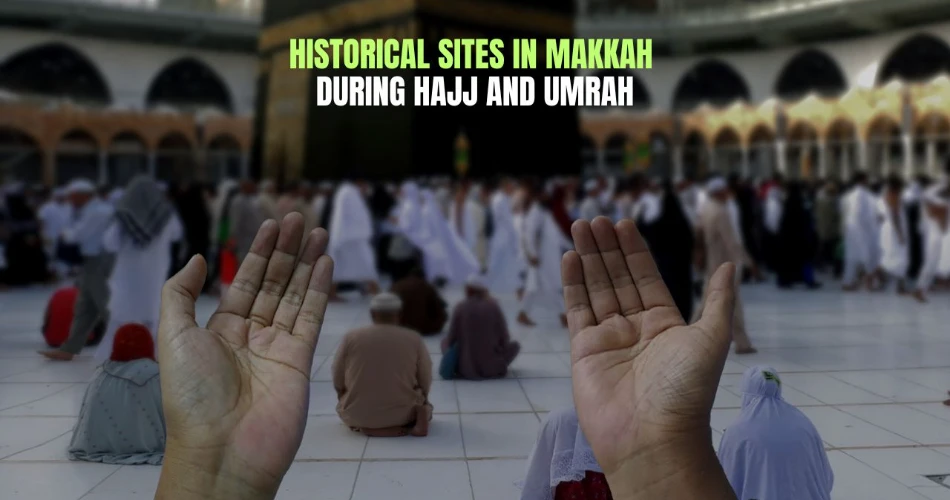
Mecca, also known as Makkah, is the center of the Islamic faith and offers pilgrims a unique opportunity to deepen their religious connection. For Muslims doing the Hajj and Umrah, the city not only provides spiritual gratification but also a wealth of history. In fact, during these pilgrimages, many tourists make Makkah a point to see the various ziyarat places, or sacred locations with significant religious meaning.
From revered mosques to historic locations, Makkah is full of historical treasures that convey the tale of Islam's beginnings and its deep spiritual journey. From touring the biggest mosque in the world, Masjid Al-Haram—which houses the Kaaba, the most revered place in Islam—to visiting the Well of Zamzam, which provides visitors with Zamzam water that has spiritual properties, this city offers unforgettable experiences at every turn. And are you familiar with Mina? It holds deep historical significance and is an important venue for Hajj, particularly for the symbolic stoning of Satan.
Here is a list of the greatest historical sites in Makkah. Explore these sacred landmarks to deepen your understanding of Islamic history and enhance your spiritual journey during Hajj or Umrah.
Masjid Al-Haram
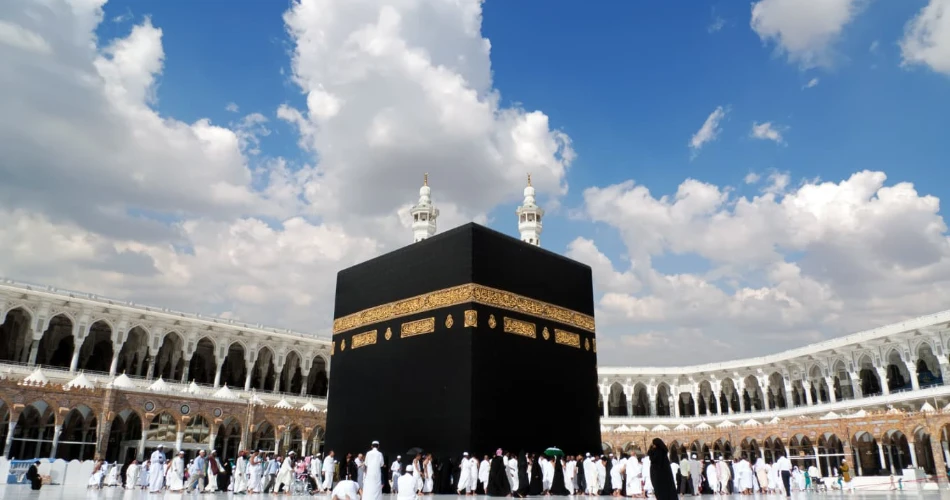
Masjid Al-Haram, also known as the Grand Mosque, is the biggest mosque in the world and the center of all Muslim worship. At its center stands the Kaaba, which is among the most revered buildings in Islam. It is the direction (qibla) that all Muslims face while they pray. One of the primary Umrah traditions involves doing Tawaf around the Kaaba, in which pilgrims round the Kaaba seven times in a counterclockwise orientation to demonstrate their loyalty to Allah. This sacred act of prayer establishes a direct line of communication between the pilgrim and the Almighty, while the Kaaba symbolizes the oneness of the Muslim community.
Well Of Zamzam
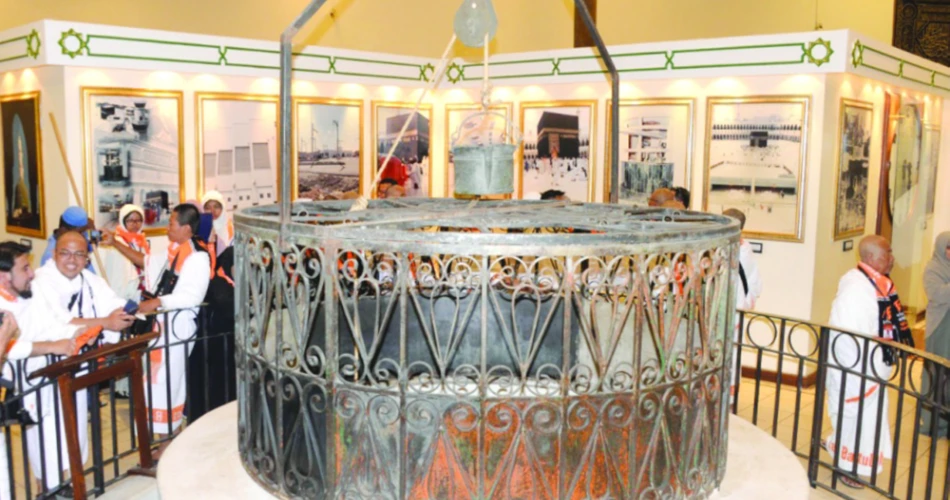
The Well of Zamzam, located inside the Masjid Al-Haram, is another famous location that provides pilgrims with sacred water. According to Islamic tradition, when Prophet Ibrahim's wife, Hagar, and her son, Prophet Isma’il, became lost in the desert, Allah miraculously provided them with this well. During Umrah, drinking the waters of the Well of Zamzam is not only a blessing but also an opportunity to connect with a notable period in Islamic history.
The Black Stone
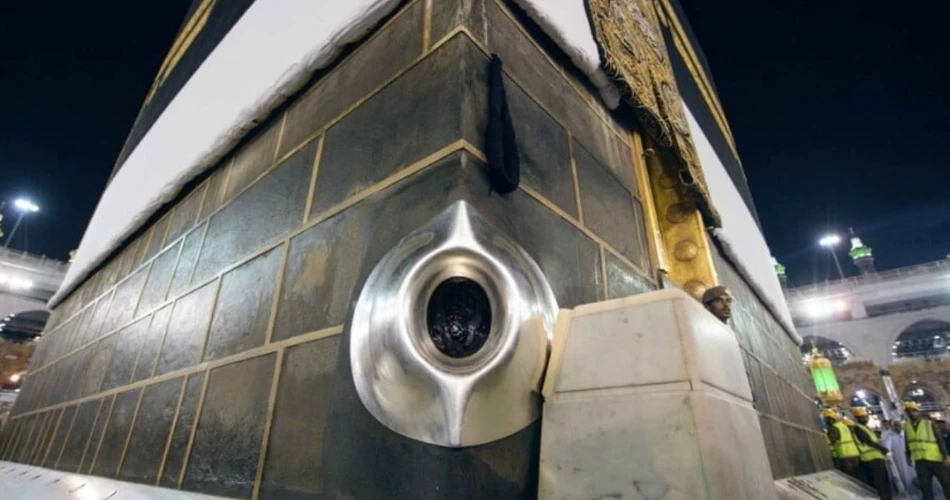
The Black Stone, or Hajar al-Aswad, is embedded in the eastern corner of the Kaaba and is revered as one of the most sacred elements in Islam. Believed to have descended from Paradise, it was originally white but turned black due to the sins of humankind. Pilgrims strive to touch or kiss the stone during Tawaf, following the Sunnah of the Prophet Muhammad (PBUH). When unable to reach it, they may simply point toward it with their right hand as they pass.
Safa And Marwa
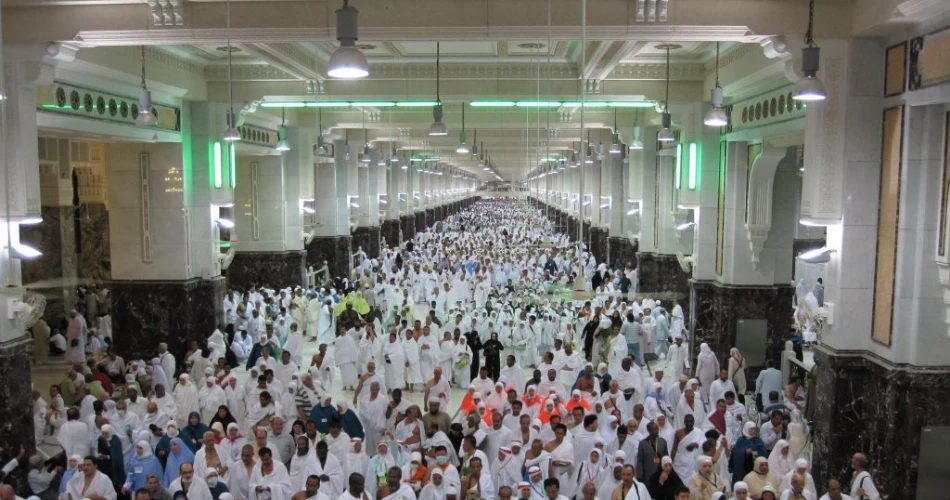
Sa’i is a vital rite of both Hajj and Umrah, in which pilgrims walk or run between the hills of Safa and Marwa, now enclosed within the Masjid Al-Haram. This practice commemorates Hajar’s heartfelt search for water for her infant son, Isma’il. Pilgrims cover approximately 3.5 kilometers in total as they complete seven circuits in honor of her faith and perseverance.
Mina
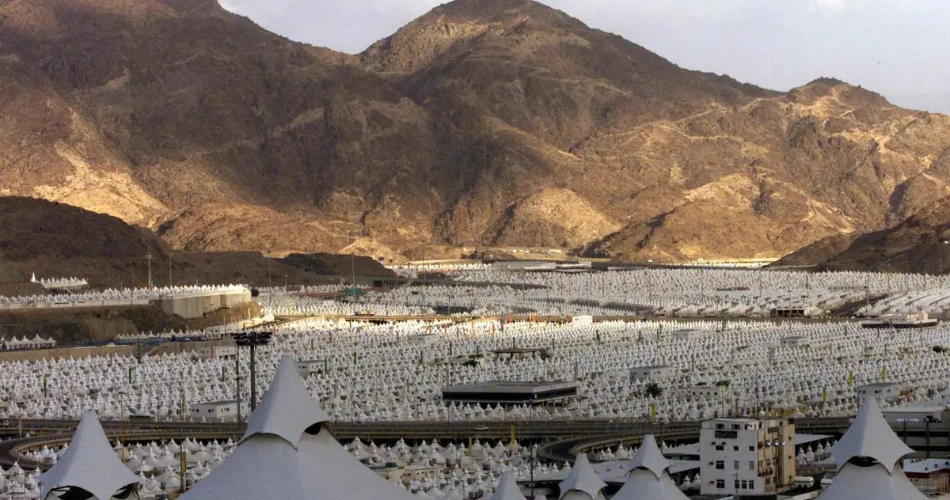
Mina, which lies around five kilometers from Masjid Al-Haram, is a major destination during Hajj in Makkah and a notable historical landmark for those wishing to explore Islamic heritage. It is here that Prophet Ibrahim (Abraham) showed his everlasting faith by getting ready to present his son Isma’il (Ishmael) as a sacrifice in response to Allah's instruction. Moreover, Mina is also the place of the symbolic practice of stoning Satan (Ramy al-Jamarat), which commemorates Ibrahim's defiance of the devil's temptation.
Mount Arafat
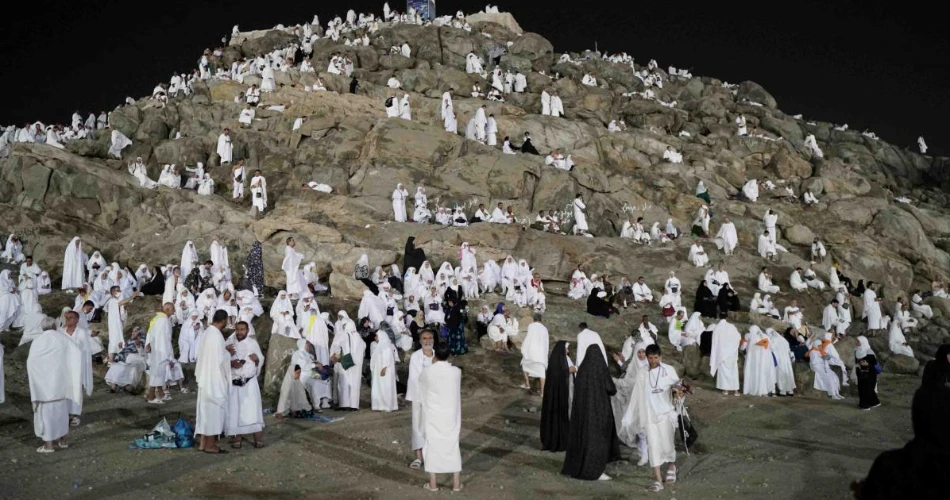
Mount Arafat, one of the most historic places in Makkah, is a granite hill located around twenty kilometers southeast of Makkah. Sometimes referred to as Jabal Ar-Rahmah, this mountain is around seventy meters high and serves as an important part of the Hajj trip. The most significant Hajj ceremony, the Standing at Arafat, takes place on the plains of Arafat surrounding the mountain on the ninth day of Dhul Hijjah. This is also the location where the Holy Prophet (PBUH) gave his farewell speech to the Muslims who followed him on his last pilgrimage. According to Islamic tradition, Mount Arafat is also the place where Adam and Eve were reunited on Earth after being descended from Heaven. The Prophet's statement, “Hajj is Arafat,” highlights the mountain's significance and the place's relevance in the pilgrimage.
Jabal Thawr
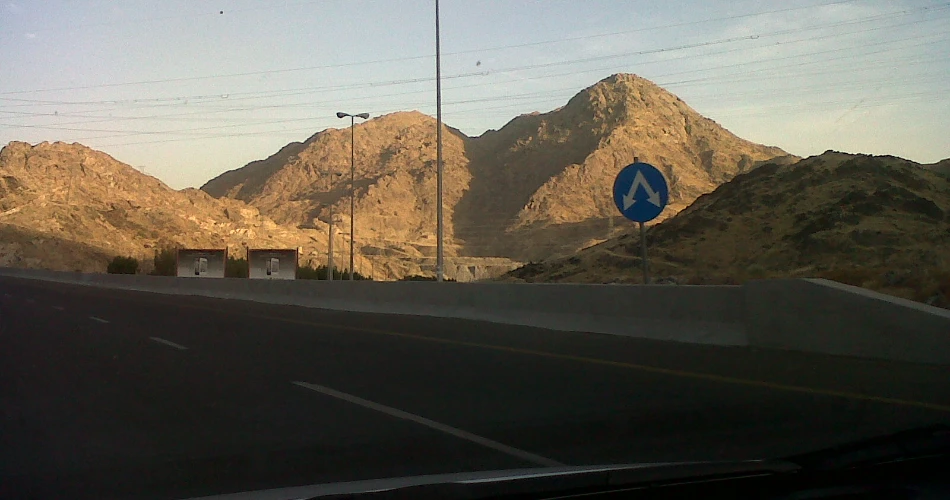
Approximately four kilometers south of Makkah lies the mountain known as Jabal Thawr, standing at a height of approximately 759 meters. It is well known for the Cave of Thawr, an important site in Islamic history. During the Hijrah (migration), the Prophet Muhammad, along with his friend Abu Bakr, took refuge at the Cave of Thawr for three days. To protect them, Allah created a spider web over the entrance to the cave, giving the impression that nobody had been there, keeping them hidden from those who were after them. This miracle is mentioned in the Qur’an, demonstrating Allah’s concern for Prophet Muhammad PBUH and Abu Bakr R.A. Although it is not necessary to visit Jabal Thawr in order to perform the Hajj or Umrah, numerous travelers do so to connect with this notable Islamic tale.
Birthplace Of the Holy Prophet Muhammad
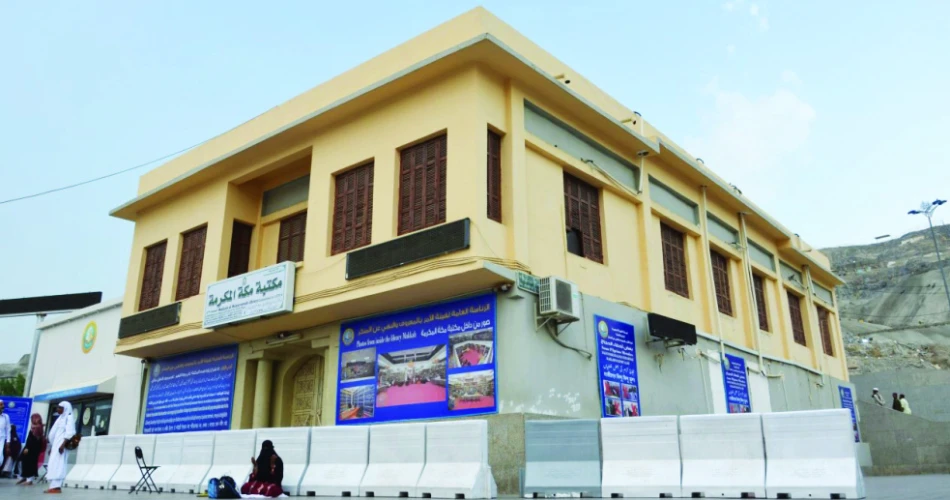
When exploring must-visit places in Makkah during Umrah, the birthplace of the Holy Prophet Muhammad stands out! Situated near the Suq Lail marketplace, this location is extremely important both historically and spiritually for Muslims across the world. It was here, on the twelfth day of Rabi' al-Awwal in 570 CE, that the Prophet Muhammad came into existence. It is now a library known as Maktaba Makkah al-Mukarramah, housing Islamic literature and serving as a research and study location. While the interior is currently not accessible to the public, Muslims throughout the world continue to cherish this place. They gather to express appreciation and reflect on the life and teachings of the Prophet.




